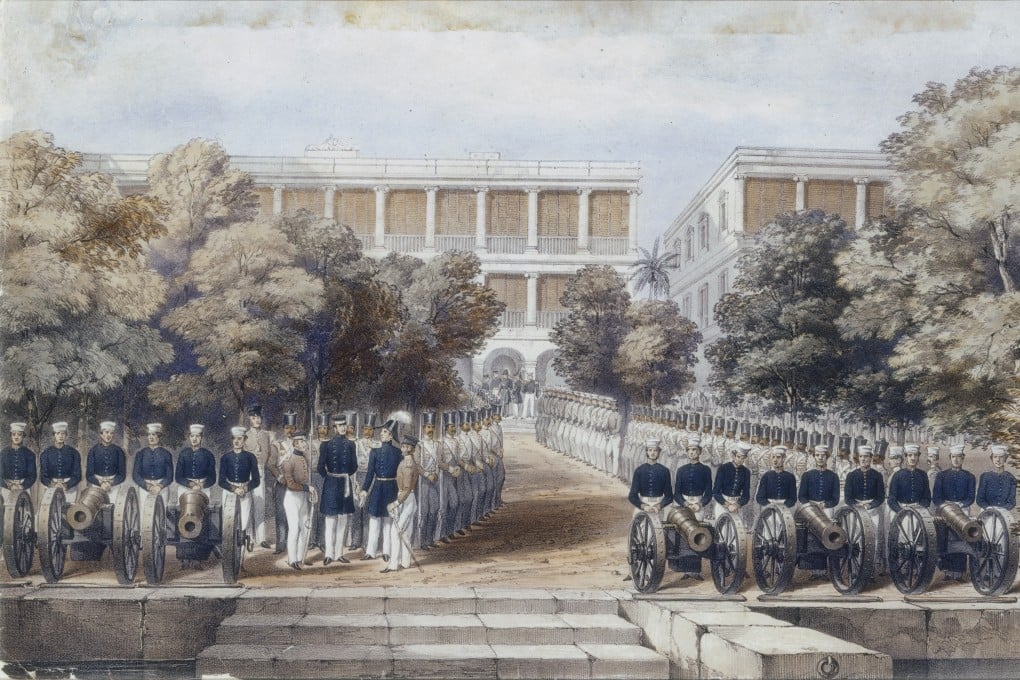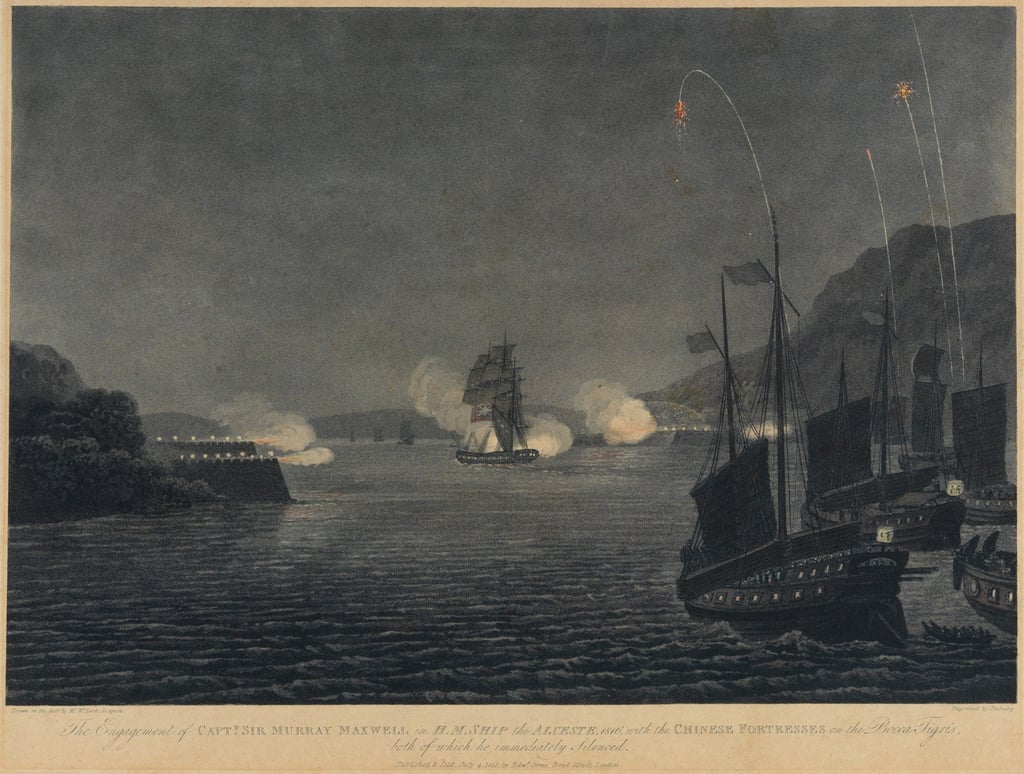How HKMoA became Hong Kong’s first public art gallery with a private donation
Sir Catchick Paul Chater donated his private art collection to the City Hall Art Gallery & Museum – now the Hong Kong Museum of Art – shaping the city’s art scene

Hong Kong’s cluster of newly built world-class galleries and museums in West Kowloon offer an ever-enticing series of exhibitions to attract local art lovers and visitors from around the globe. Somewhat overlooked amid all of the current activity and excitement, however, is the seminal role played by the Hong Kong institution that got the ball rolling, and the generosity of a distinguished philanthropist who wanted to give back to the community.
When it opened in 1962, City Hall Art Gallery & Museum, which later became the Hong Kong Museum of Art (HKMoA), was located in the top three floors of the “high block” in Edinburgh Place in Central. As the city’s first public art museum, it made a point of featuring prints, drawings and ink painting by local artists, as well as occasional shows of works by Hong Kong schoolchildren.
In the early days, though, the star attraction was undoubtedly the Chater Collection, the result of a bequest by legendary local businessman Sir Catchick Paul Chater, who is elsewhere commemorated in the names of various streets and buildings around town.

“Unfortunately, some works fell victim to the hazards of war, and only 94 pieces are known to have survived,” says Dr Maria Mok Kar-wing, director of HKMoA, who has written about the history and importance of the collection. “What remain, though, are oil paintings, watercolours, sketches, prints and photographs, most of which are based on landscape scenes of the South China trade ports in the 18th and 19th centuries, or on British activities in China.”
Most of the painters were Western artists who had travelled east to trade or tour the region. During their stays in Hong Kong, Macau and Canton (now Guangzhou), they focused mainly on depicting scenes of daily life and the natural surroundings, sometimes with a view to having their work reproduced later as illustrations for travelogues to interest readers back home.
Unfortunately, some works fell victim to the hazards of war, and only 94 pieces are known to have survived
In time, China Trade Art became a recognised school and, though it gradually lost prominence as photography rose in popularity, many of the best-quality pieces have remained eminently collectable and a continuing source of fascination for historians.